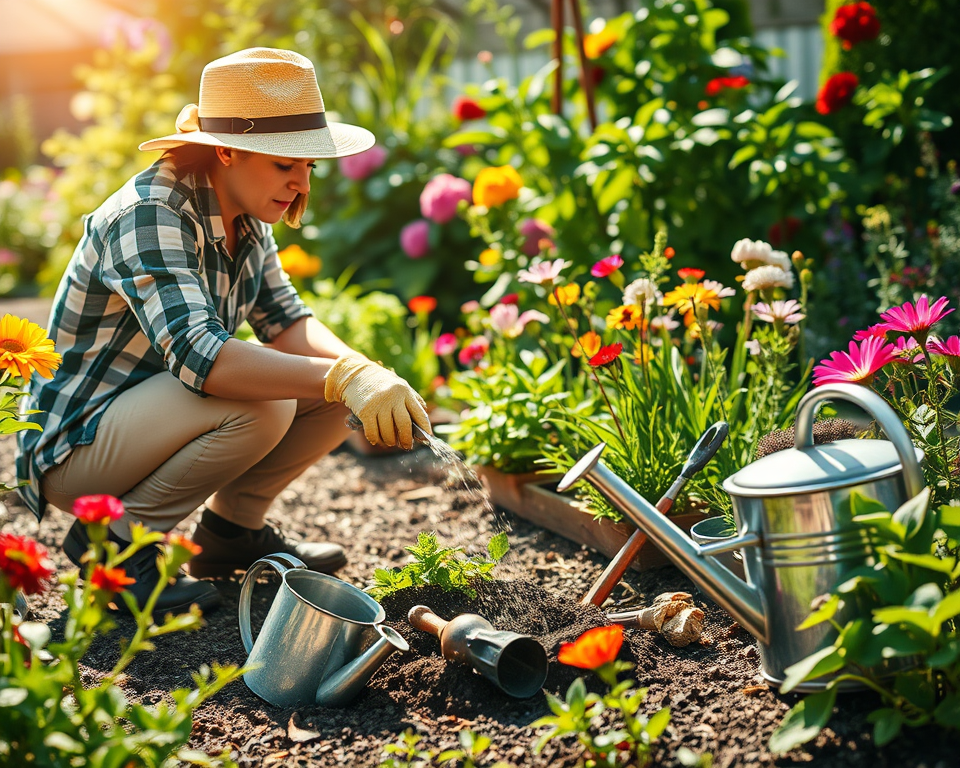Hey there! So, you want to know about 6 kilograms and how it relates to fluid ounces. Let’s break it down in a way that’s easy to understand, especially since you enjoy gardening!
Kilograms (kg) are used to measure weight. For example, when you buy soil for your plants, the soil’s weight might be given in kilograms. On the other hand, fluid ounces are used to measure liquid volume. This is what you would see when you are measuring water or plant food for sprinkling on your plants.
Now, the tricky part is that kilograms and fluid ounces measure different things: weight and volume. So, we can’t say that 6 kg is equal to a certain number of fluid ounces without knowing what the liquid is. But, to help you visualize it, let’s use water as our liquid for this explanation.
1 liter of water weighs approximately 1 kg. Since 1 liter is about 33.8 fluid ounces, we can use this relationship to convert kilograms to fluid ounces for water.
So, for 6 kg of water, we can find the equivalent in fluid ounces:
- First, since 1 kg of water is 1 liter, then 6 kg is 6 liters.
- Now, we know that 1 liter is approximately 33.8 fluid ounces, so:
$$
6 \, \text{liters} \times 33.8 \, \text{fluid ounces/liter} = 202.8 \, \text{fluid ounces}
$$
Therefore, 6 kilograms of water is about 202.8 fluid ounces.
To help you understand better, here are 7 items that weigh exactly 6 kg:
- A large bag of soil – perfect for your garden!
- An average watermelon
- A small dog (like a Dachshund)
- A bunch of ripe bananas (about 12-14 bananas)
- 5 liters of water (which is also a bit more than a gallon)
- A medium-sized cat
- A large package of flour for baking!
So next time you’re out gardening, you can think about how much weight of soil or water you’re working with, and relate it to other common objects! Happy gardening! 🌼💧
